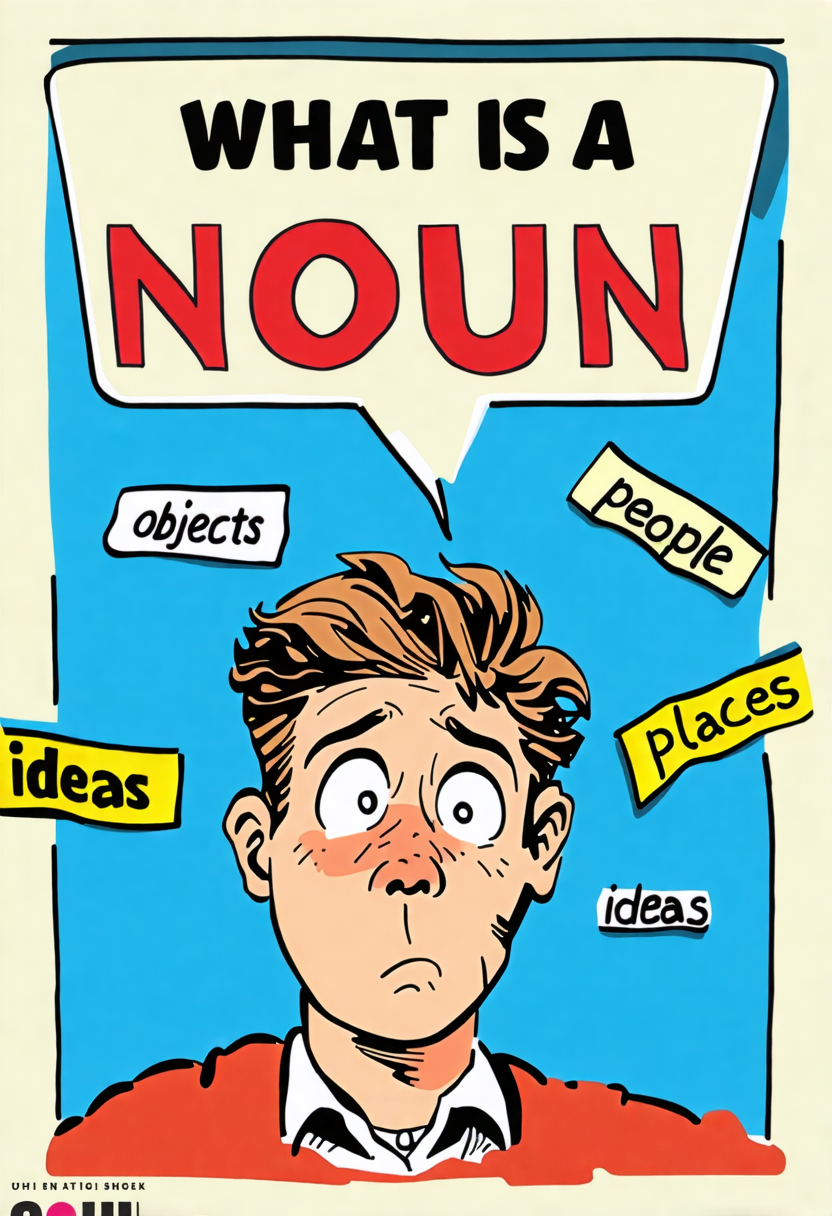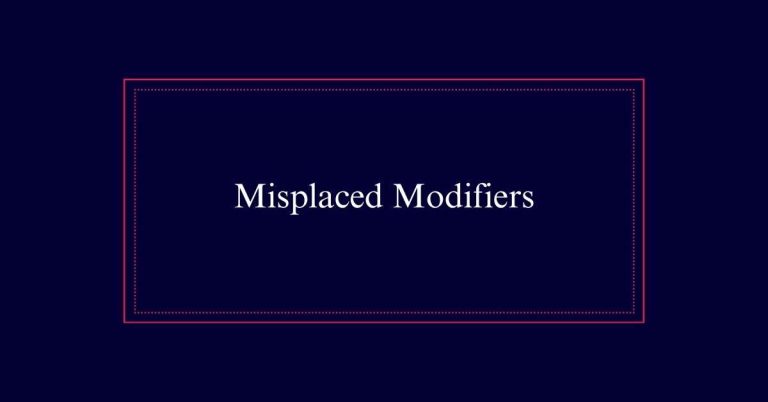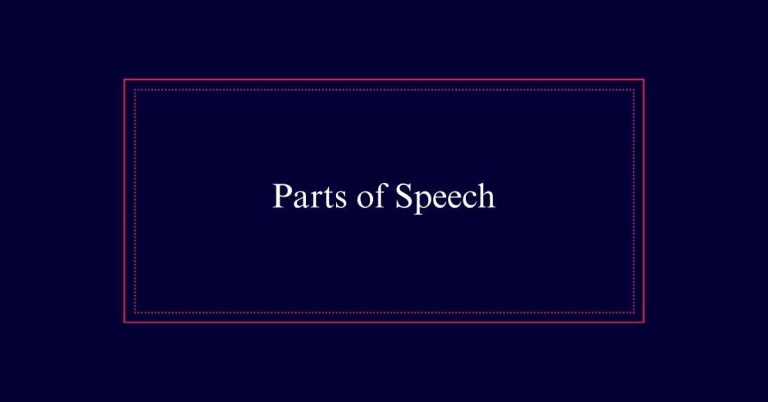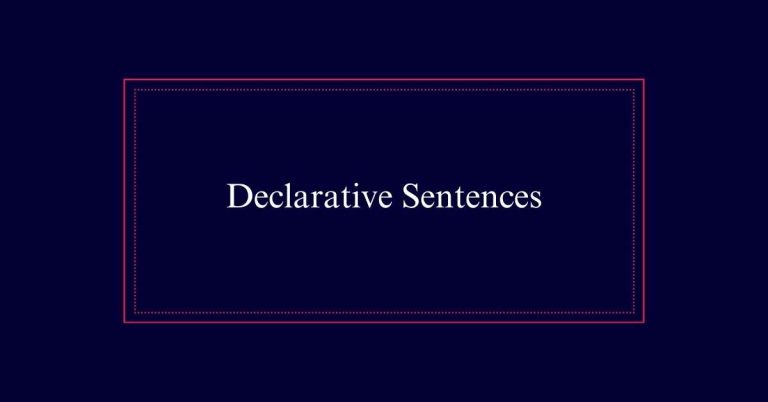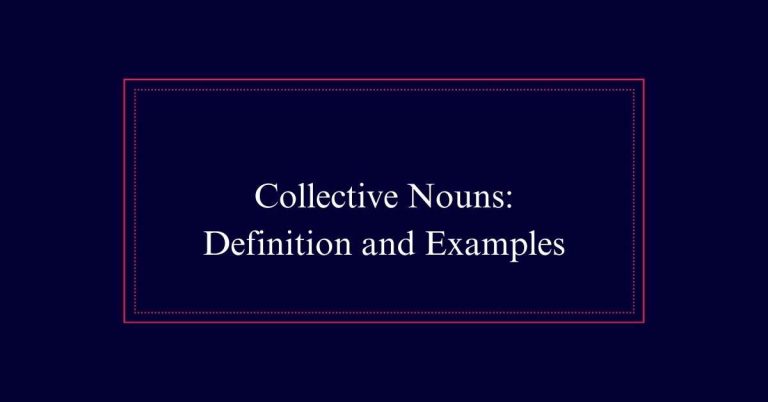What Is a Noun?
A noun is a part of speech that names a person, place, thing, or idea. Nouns act as the building blocks of sentences. There are several types: proper nouns (specific and capitalized, like ‘Albert Einstein’), common nouns (generic, like ‘city’), concrete nouns (tangible, like ‘apple’), abstract nouns (intangible, like ‘happiness’), and collective nouns (group names, like ‘team’).
Proper nouns and common nouns offer specificity and generality, respectively. Concrete nouns are perceivable by the senses, while abstract nouns represent concepts.
Definition of a Noun
A noun is a word that names a person, place, thing, or idea. In language, nouns serve as the building blocks of sentences. They identify and categorize various elements around us.
For instance, ‘teacher’ names a person, ‘city’ a place, ‘book’ a thing, and ‘happiness’ an idea. Nouns are essential for clear communication, as they provide specific references in our speech and writing. They help us describe our world and convey precise meanings.
Types of Nouns
Nouns, frequently classified by what they name, fall into several distinct categories. Proper nouns are specific and capitalized, such as ‘Tina’ or ‘Old Faithful.’
Common nouns are generic and not capitalized, like ‘girl’ or ‘river.’ Common nouns can be further divided into concrete nouns, which name physical entities like ‘doorbell,’ and abstract nouns, which represent non-perceivable concepts like ‘courage.’
Collective nouns denote groups, such as ‘pack’ or ‘pride.’ Nouns can also be singular or plural, indicating one or more entities. They can take possessive forms to show ownership.
Examples of Nouns
In various contexts, nouns can represent specific examples like ‘Albert Einstein,’ ‘Disneyland,’ and ‘basketball.’ These examples illustrate the diversity of nouns. They can name people, places, or things.
For instance, ‘Albert Einstein’ names a famous scientist. ‘Disneyland’ is a well-known amusement park. ‘Basketball’ refers to a popular sport. Nouns also include everyday items like ‘shoe,’ ‘faucet,’ and ‘freedom.’ They can be tangible, such as ‘doorbell’ and ‘keyboard,’ or intangible, like ‘courage.’
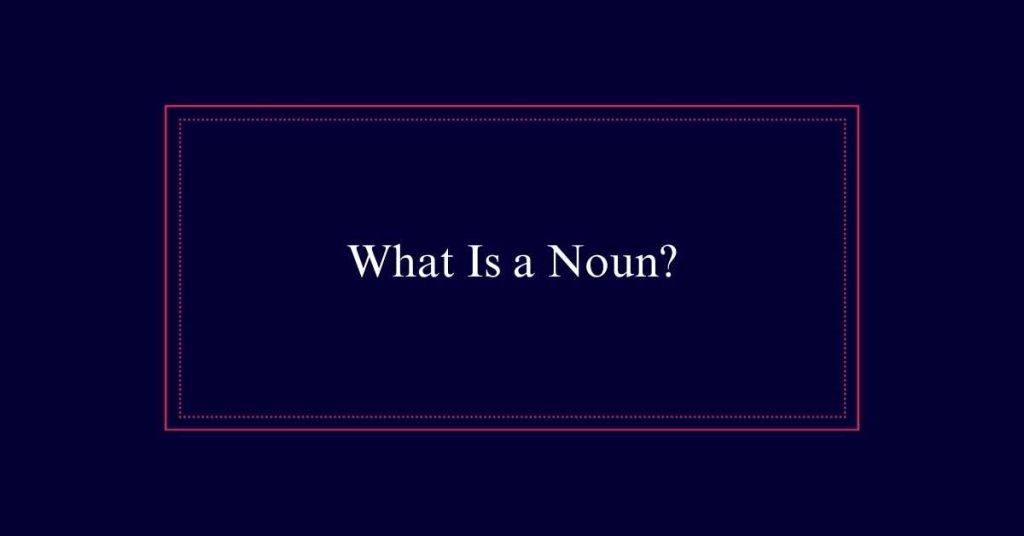
Additionally, nouns can denote groups, such as ‘pack’ of wolves or ‘pride’ of lions.
Proper Vs. Common Nouns
Proper and common nouns are two primary categories that distinguish between specific names and general terms. Proper nouns refer to unique entities and are always capitalized. Examples include ‘Albert Einstein’ and ‘Mount Vesuvius.’ These nouns denote specific people, places, or things.
In contrast, common nouns are generic terms that are not capitalized unless they start a sentence. Examples include ‘girl’ and ‘river.’ Common nouns represent general items or concepts and are not specific.
Concrete and Abstract Nouns
Concrete and abstract nouns classify entities based on their physical tangibility or conceptual nature. Concrete nouns refer to things that can be perceived by the senses. Examples include ‘apple,’ ‘dog,’ and ‘mountain.’ These nouns denote objects or substances that are tangible and observable.
In contrast, abstract nouns represent ideas, qualities, or states that cannot be seen or touched. Examples include ‘happiness,’ ‘freedom,’ and ‘knowledge.’ These nouns convey concepts, emotions, or attributes that exist in the mind rather than in the physical world.
Collective Nouns
Collective nouns refer to words that describe a group of individuals or things as a single entity. These nouns encapsulate multiple elements into one term, making communication more efficient.
Examples include ‘team,’ which denotes a group of players, or ‘flock,’ indicating a group of birds. Collective nouns can represent people, animals, or objects. For instance, ‘committee’ refers to a group of people assembled for a purpose, while ‘herd’ describes a group of cattle.
Using collective nouns helps simplify sentences and avoid redundancy. They are essential for conveying the idea of a group without listing each member individually.
Singular and Plural Nouns
Nouns can exist in singular form, indicating one entity, or in plural form, signifying more than one. Singular nouns refer to one person, place, thing, or idea, such as ‘cat’ or ‘city.’
To form plural nouns, usually, adding ‘s’ or ‘es’ is sufficient, as in ‘cats’ or ‘cities.’ However, some nouns have irregular plural forms, like ‘child’ becoming ‘children’ or ‘mouse’ becoming ‘mice.’
In English, understanding when to use singular or plural nouns is essential for clarity and proper communication. Singular and plural forms help convey precise information about quantity, making sentences more informative and accurate. This distinction is fundamental in both written and spoken language.
Possessive Case in Nouns
Understanding the singular and plural forms of nouns lays the groundwork for exploring the possessive case in nouns. The possessive case shows ownership or a relationship between nouns.
To form the possessive of a singular noun, add an apostrophe followed by an ‘s’ (e.g., the dog’s leash).
For plural nouns ending in ‘s,’ simply add an apostrophe (e.g., the dogs’ park). If the plural noun does not end in ‘s,’ add an apostrophe and an ‘s’ (e.g., the children’s toys).
Attributive Nouns
Attributive nouns are nouns that modify other nouns, adding specificity and detail to phrases. They precede the noun they modify, functioning similarly to adjectives. For example, in ‘chicken soup,’ ‘chicken’ is an attributive noun modifying ‘soup.’
This type of noun provides additional context and helps paint a clearer picture. Attributive nouns are often used in compound nouns, such as ‘school bus’ or ‘coffee cup.’ They enhance the meaning of the primary noun, making communication more essential.
Identifying Nouns in Sentences
When identifying nouns in sentences, look for words that name people, places, things, or ideas. Nouns can often be spotted by articles like ‘the’ or ‘a’ preceding them. For example, in the sentence ‘The cat sat on the mat,’ both ‘cat’ and ‘mat’ are nouns.
Adjectives may also precede nouns, providing additional descriptions, such as in ‘The red apple.’ Proper nouns, like ‘Paris’ or ‘John,’ are capitalized.
